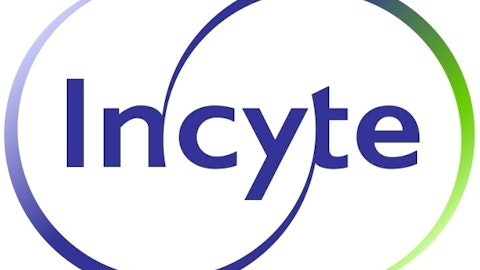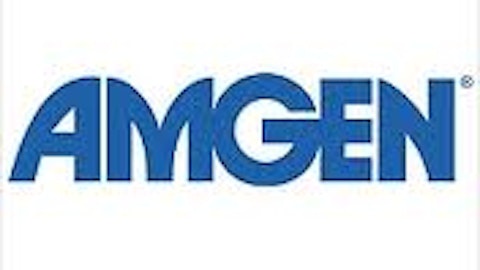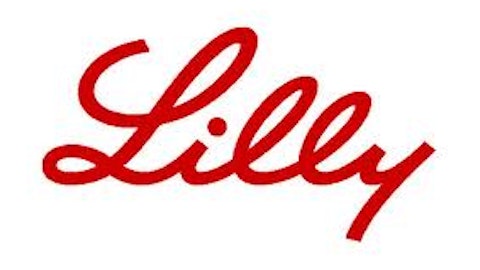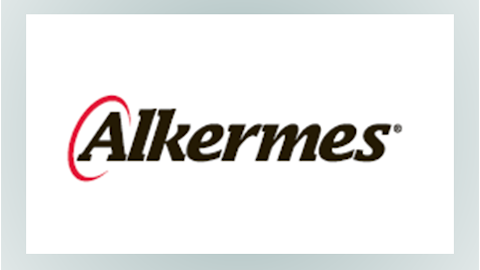Like Shire’s Intuniv, Strattera is not classified as a controlled substance since it does not target levels of dopamine in the brain — the primary source of addiction and pleasure. Non-controlled substances can be prescribed with refills, whereas controlled substances cannot, which guarantees a more stable stream of revenue for the drugmaker.
Although Strattera is still a popular treatment for ADHD, its growth has leveled off in recent years. Eli Lilly & Co. (NYSE:LLY) reported sales of $621.4 million for Strattera, up a mere $1.3 million from 2011. The drug currently accounts for 2.7% of Eli Lilly & Co. (NYSE:LLY)’s top line.
Back to the basics
Any discussion about ADHD would not be complete without mentioning Ritalin, the original ADHD medication. Ritalin was originally created by Novartis AG (ADR) (NYSE:NVS), which still generates considerable revenue from its LA (extended release) and SR (sustained release) variants. In 2012, Novartis AG (ADR) (NYSE:NVS) reported $554 million in Ritalin sales, up 51% from 2011. However, Ritalin is just a drop in the pond for the pharmaceutical giant, which generated $56.7 billion in revenue last year.
Since the patents for regular Ritalin expired over the past 30 years, the market has been flooded with generic and modified versions. In 2008, the FDA approved Johnson & Johnson‘s Concerta, a sustained-release version of Ritalin that generated $1.07 billion in 2012 sales. In January 2012, the FDA approved Actavis’ generic Ritalin LA, although Novartis AG (ADR) (NYSE:NVS)’ patent for Ritalin LA doesn’t expire until 2015.
Since Ritalin is a stimulant, it can be habit-forming, and has a worse side-effect profile than many of its newer competitors. However, Ritalin remains a popular choice with consumers due to its much cheaper price.
A Foolish final thought
Although ADHD is still a controversial disorder, the market for treatments is still growing. For investors who believe that these prescriptions will keep rising over the next decade, Shire PLC (ADR) (NASDAQ:SHPG) is the obvious choice, since nearly a third of its revenue is generated from its two ADHD treatments. Eli Lilly & Co. (NYSE:LLY), on the other hand, doesn’t have much to gain from Strattera anymore, although its success has made non-stimulant treatments a viable option for patients. Eli Lilly & Co. (NYSE:LLY) was also the first to address adult ADHD, a previously unrecognized disorder.
Last but not least, the Ritalin engine that Novartis AG (ADR) (NYSE:NVS) built is still going strong, fueling the growth of Actavis and Johnson & Johnson in their generic and sustained-released versions of the original drug. Although Actavis will experience steady growth in its generic ADHD treatments, Johnson & Johnson might not, since its patents for Concerta will start expiring in 2017.
If you’re a biotech investor, these are the main companies to watch for growth. If you’re a parent or a teacher, however, it helps to understand the major businesses that these ADHD medications are fueling, and that the recent spike in prescriptions could be a warning that big pharmas have other incentives on their radars.
The article A Closer Look at the Controversial Market Growth of ADHD Treatments originally appeared on Fool.com and is written by Leo Sun.
Leo Sun has no position in any stocks mentioned. The Motley Fool has no position in any of the stocks mentioned.
Copyright © 1995 – 2013 The Motley Fool, LLC. All rights reserved. The Motley Fool has a disclosure policy.





